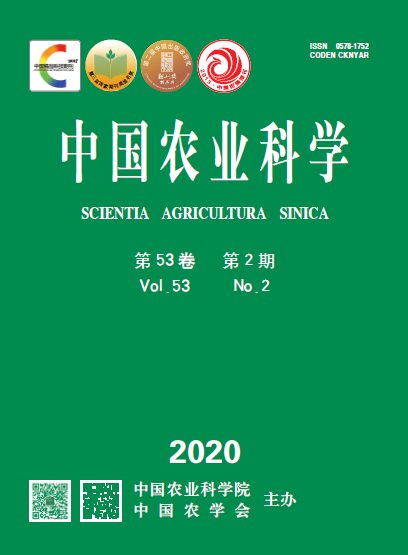【Objective】 This study focused on the taste characteristic of typical black tea from main black tea producing areas in China. The important taste compounds of black tea were detected, and the correlation between the main contributing compounds and the taste characteristic of black tea was analyzed. 【Method】 In this study, the black tea samples were collected from Shandong, Hubei, Anhui, Henan, Zhejiang, Hunan, Fujian, Guizhou, Sichuan and Yunnan, named by Shandong Linyi black tea, Hubei Hongan black tea, Anhui Qimen black tea, Henan Xinyang black tea, Zhejiang Shaoxing black tea, Hunan Guzhang black tea, Fujian Wuyishan black tea, Guizhou Puan black tea, Sichuan Yaan black tea and Yunnan Fengqing black tea, respectively. The taste characteristic of black teas were analyzed and compared by sensory evaluation according national standard. High performance liquid chromatography (HPLC) and ultrahigh performance liquid chromatography-mass spectrometry (UPLC-MS) were used for the determination of 65 compounds including catechins, alkaiods, flavonoids, amino acids and gallic acid, sugars and organic acids. The correlation between the compounds and the taste characteristic of black teas were analyzed by principal component analysis (PCA) based on IBM SPSS Statistics 25. 【Result】 There were obvious difference on taste characteristic of black teas from 10 tea producing areas in China. Black teas from Yunnan and Guizhou were belong to large leaf teas, which were considered by the taste of mellow, thick, and umami, while the taste characteristic of black teas from other 8 tea producing areas were mainly reflected in fresh and umami. The PCA results showed that the taste constituents directly were responsible for discrimination of black teas from different sources. The clear separation of large-leaf black teas from small leaf-black teas could be found based on PC1. Black teas with taste characteristic of fresh and umami could be divided into two categories based on PC2, among which Shandong Linyi black tea, Anhui Qimen black tea and Zhejiang Shaoxing black tea with more fresh taste scored higher. According to the loading plot of principal component analysis, fumaric acid, total catechins, Myr-3-O-glu, theophylline, theobromine and theaflavins with high scores on the positive of PC1, two kaempferol triglucosides and total flavonol glycosides with high scores on the negative of PC1 and most of the free amino acids with high scores on the positive of PC2, were presumed to make important contribution for classification of geological black teas. Further chemical content analysis showed that the content of fumaric acid, total catechins, Myr-3-O-glu, theophylline, theobromine and theaflavins in large-leaf black teas were higher than that in other samples, with average value of about 7.6, 554, 1.3, 7.9, 205, and 15 μg?mL -1, respectively. Conversely, the contents of two kaempferol triglucosides and total flavonol glycosides were higher in small-leaf black teas than that in the big-leaf ones. Hubei Hongan black tea had the highest amounts of total flavonol glycosides, up to 80 μg?mL -1, which was four times as much as that in large leaf black teas. Black tea numbered 1, 3, and 5 had strong umami taste characteristic based on sensory evaluation, in which the content of free amino acids reached 300 μg?mL -1. 【Conclusion】 In conclusion, there were significant differences in the taste characteristic of 10 representative black tea producing areas in China. The taste characteristic of large-leaf black teas was mellow, thick and umami, while that of small-leaf black teas was fresh and umami. Alkaloids, organic acids, catechins and its oxides were the important contributors for taste characteristic of mellow and thick in black teas. The taste characteristic of fresh and umami in black teas maybe caused by free amino acids.









